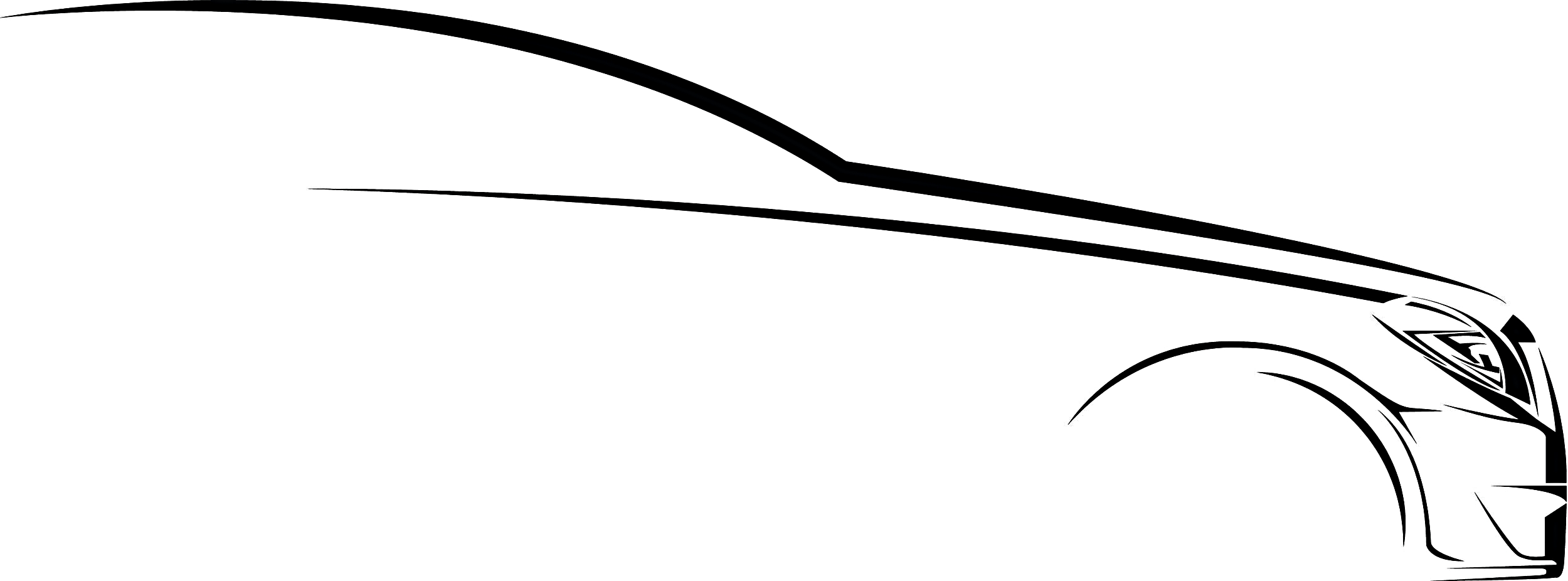Thirdly, I wanted to gravity feed the pressure washer this RO water as to reduce the number of hoses running around. I have not gotten around to doing this yet, as I will build a stand to lift this barrel up in order to place the pressure washer underneath it in order for the gravity feed to work. I will add one more bulk head fitting at the bottom of the barrel.
At the spigot outlet, about midway up the 55 gal drum, using a 5 gallon bucket, it took just shy of 2.5 minutes to fill. Simple math tells us that the spigot effluent has a discharge rate of 2 GPM. So adding a new outlet at the bottom of the barrel should provide a slightly more flow due to the added mass times the acceleration of gravity (F=mg). My pressure washer is rated 2GPM (More like 1.8GPM in reality), and so since the influent flow rate is greater than the effluent flow rate, this should work just fine. If you need a higher flow rate, you can (i) lift your barrel up so that gravity helps you more, or (ii) install in-line a small water pump, preferably one that auto shuts on/off.
(OPTIONAL) To maintain functionality of the RO water faucet, which is fed through the pressurized 1-gal tank into my utility sink, I used a 1/4” RO “Tee” with a flow restrictor valve. Since the head (height) of the water in the barrel has the potential to be higher than both the small tank and the RO system, I did not want to run into any backflow issues. The flow restrictor stops water from traveling the opposite direction. This allows the faucet to still be functional (pressurized), while allowing a one-way passage to the 55-gallon drum. Now, when the drum needs to be replenished, the pressurized tank will unload itself into the drum until the float valve is closed, and at the same time the RO system will replenish the tank. This part is completely optional if you do not want to R.O the water coming out of your sink. You can simply cap the sink outlet, and have the system only fill the tank; in that case you can completely eliminate the pressurized tank as well.






